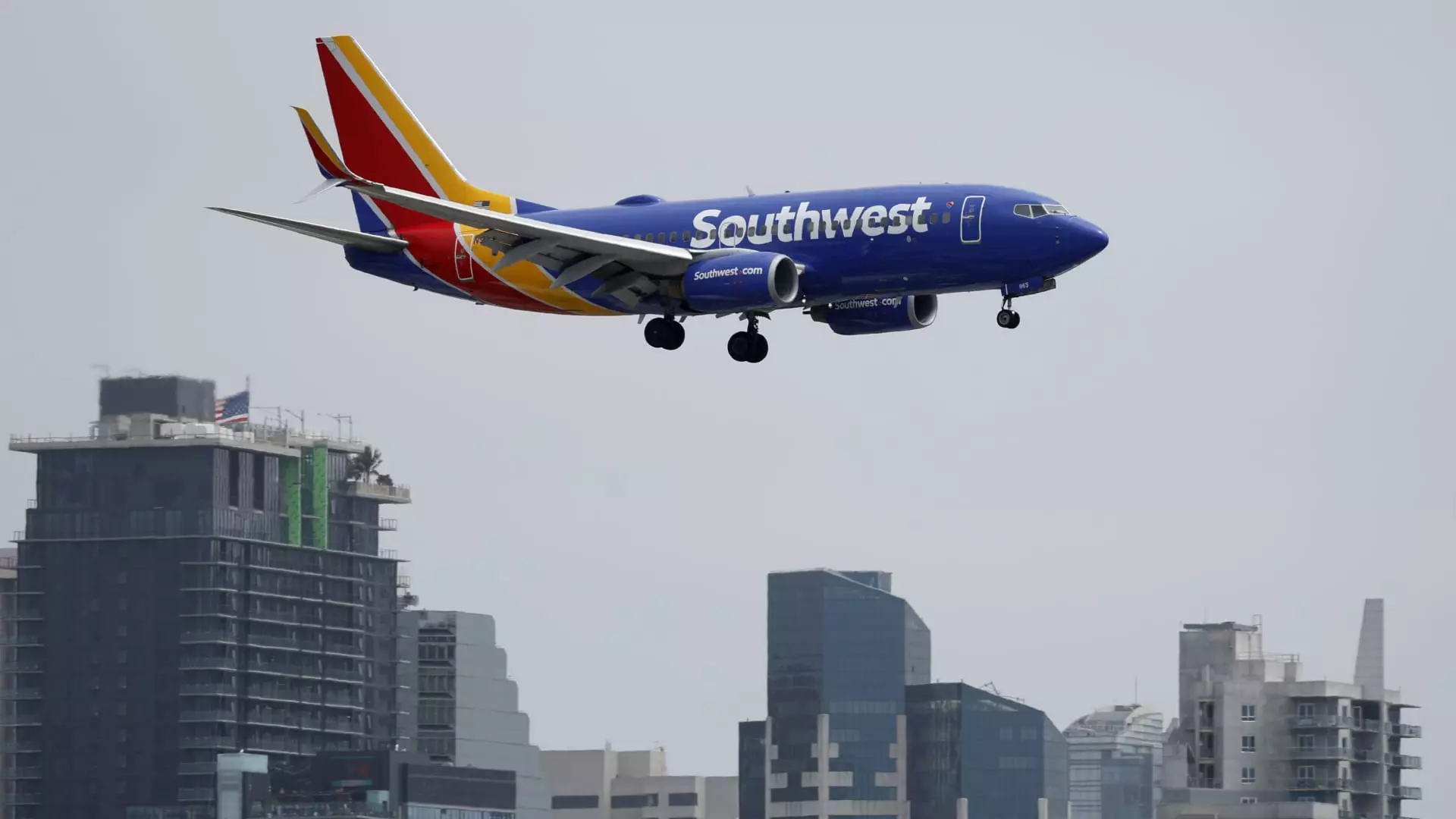In recent developments, Southwest Airlines has communicated to its employees the need for “difficult decisions” in the wake of increased pressure from Elliott Investment Management, an activist investor advocating for significant changes within the airline’s leadership. The pressure highlighted by Elliott, coupled with a competitive travel market, has compelled Southwest to revisit its operational strategies that have defined its more than 50-year history. Faced with these challenges, the airline is undertaking a comprehensive overhaul of its business model to enhance profitability and ensure sustainability in a rapidly evolving industry.
This summer, Southwest Airlines initiated several critical changes aimed at improving its revenue streams. Notably, the airline is moving away from its iconic open seating policy in favor of assigned seating, a decision that reflects a shift in customer preferences for convenience and predictability. Furthermore, to attract more discerning travelers, Southwest will introduce seats that offer additional legroom at higher fares. These reforms are complemented by the introduction of red-eye flights, a strategy to maximize aircraft utilization during off-peak hours.
Additionally, the airline is adopting modern distribution methods by allowing its flights to be featured on popular travel platforms like Google Flights and Kayak. To resonate with a younger demographic, Southwest has revamped its advertising campaigns, a move confirmed by COO Andrew Watterson in a recent video message to staff. This multifaceted approach is a clear indication of Southwest’s commitment to adapt to market trends while addressing investor concerns.
Despite these strategic initiatives, Watterson cautioned employees about possible upcoming changes that could impact the airline’s network. While he assured that station closures are not on the table, he alluded to necessary adjustments aimed at aligning the network more closely with profitability goals. Therefore, employees may experience shifting roles or transfers to different locations to optimize workforce deployment. This approach echoes the strategies of competitors like JetBlue, which has already begun pruning routes to enhance operational effectiveness and focus resources on more lucrative flights.
As Southwest Airlines gears up to share further details on its initiatives during an upcoming investor day, the attention remains fixed on the implications of leadership adjustments within the company. The impending resignation of executive chairman and former CEO Gary Kelly signals a potentially transformative period for the airline as it grapples with the challenges presented by Elliott Investment Management. With calls for more robust financial performance, the insights shared at the investor meeting could provide a clearer picture of Southwest’s strategic direction moving forward.
Southwest Airlines is at a crossroads, where the implementation of these new strategies holds the promise of revitalizing the company’s financial health. As changes unfold, the industry’s focus will be on how effectively the airline navigates this transformative journey while maintaining its commitment to its employees and passengers.

